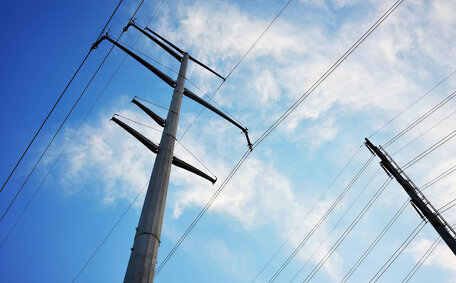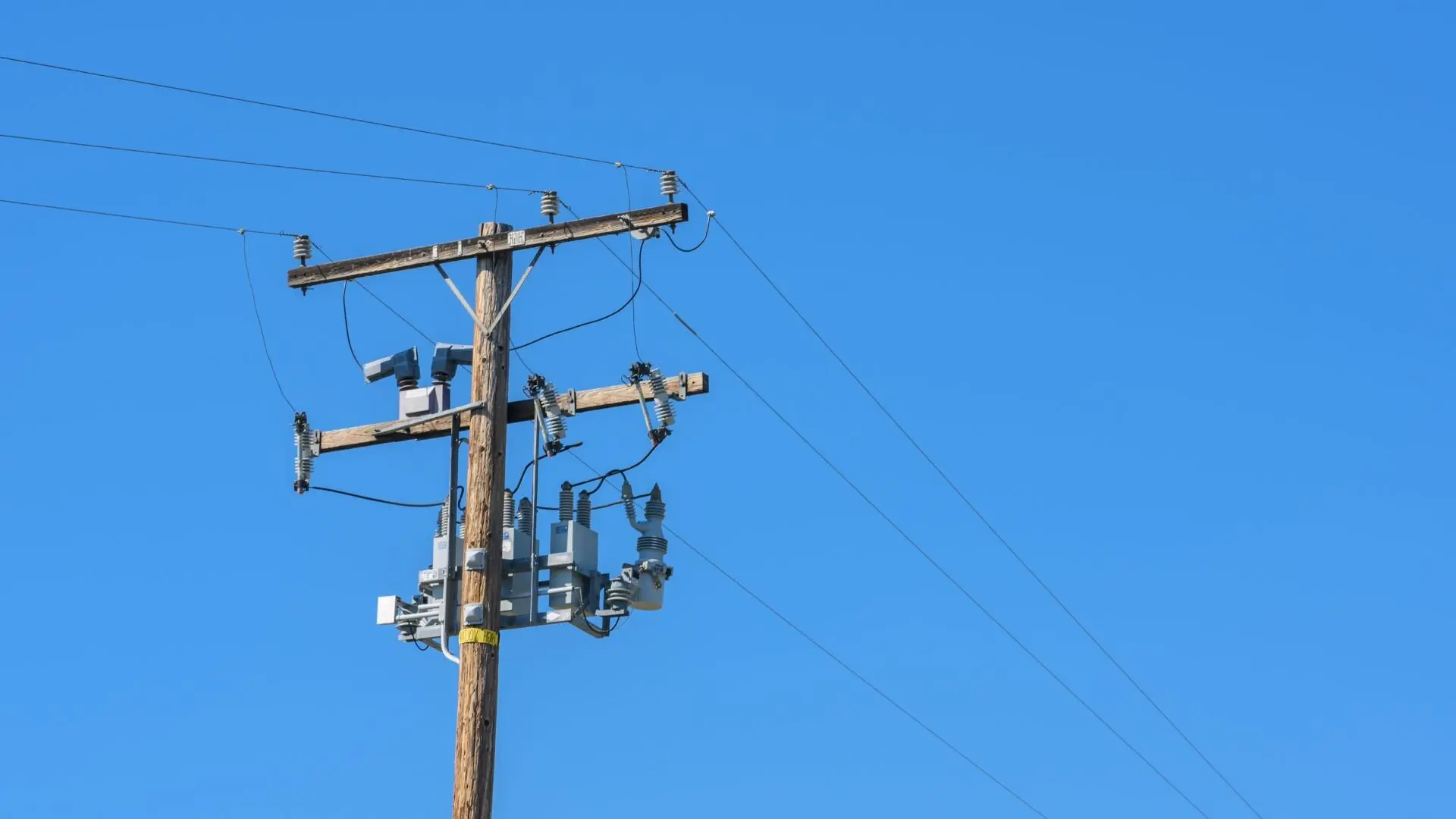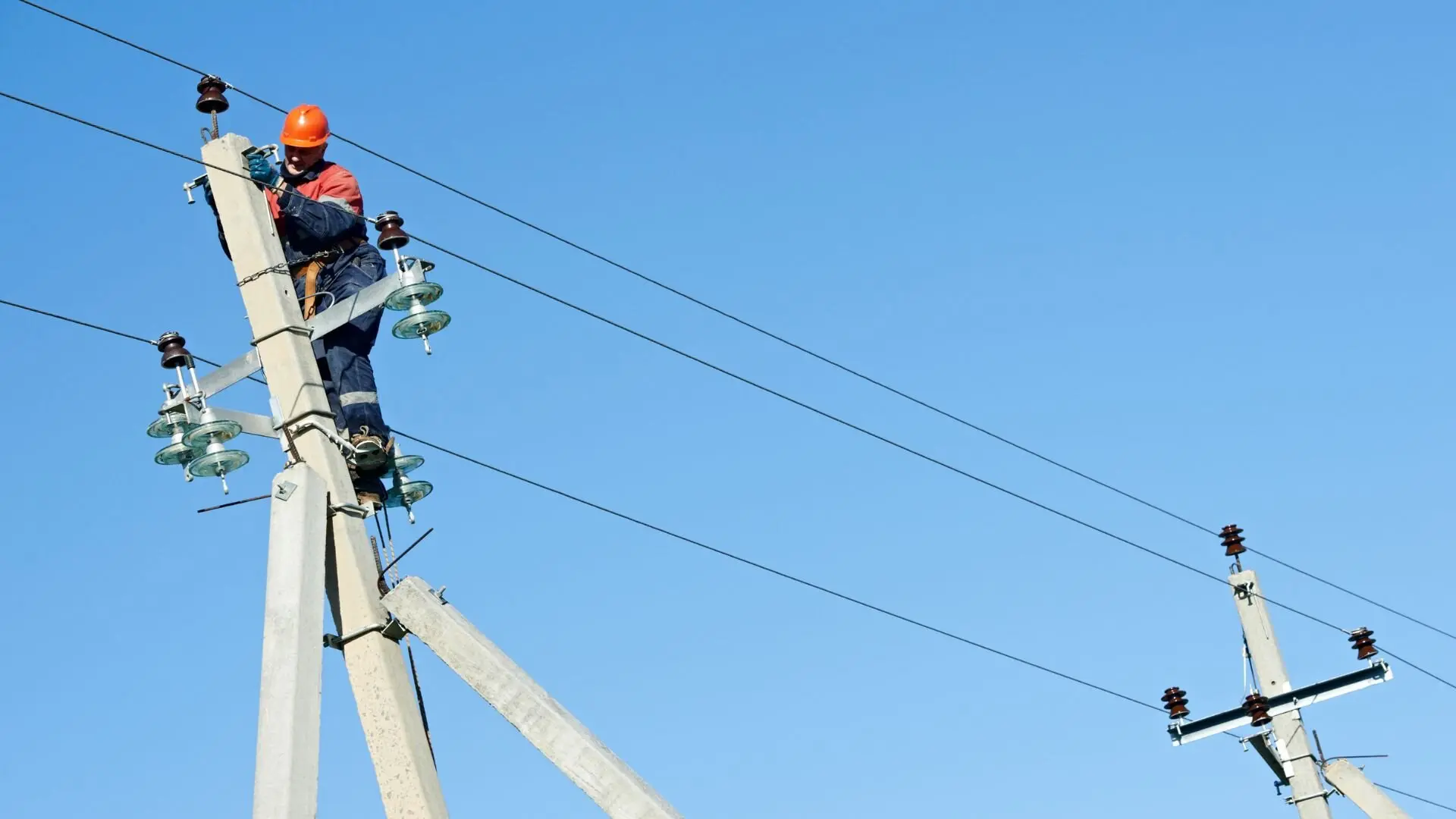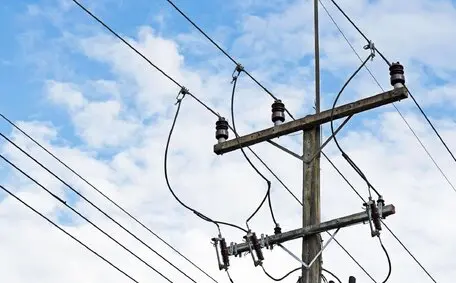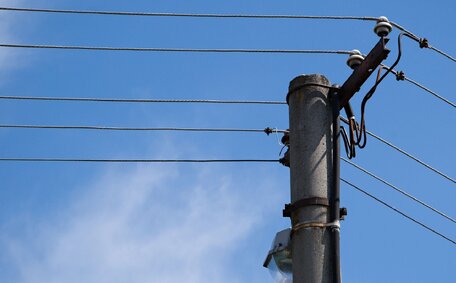A few years ago, a severe storm swept through a rural area, leaving many homes and businesses without power for days. The culprit? A fallen tree damaged a private power pole, cutting off electricity to several properties. This scenario underscores the importance of private power poles, which are essential components in delivering electricity to remote locations or supplementing the main grid.
Private power poles play a critical role in supporting electrical wires and linking properties to main power lines. In rural areas, where homes and businesses are scattered, these poles become even more important as the grid often doesn’t cover every part directly. For vital services like hospitals and emergency response centres, the reliability of private power poles is absolutely crucial. When these poles get damaged, it can result in serious consequences, from extended power outages to interfering with essential service operations.
However, private power poles face numerous threats from environmental factors such as storms, bushfires, and heavy winds. These elements can cause significant damage, leading to power disruptions and costly repairs. As such, it is vital to implement proactive protection measures to safeguard these crucial structures. This article delves into the various environmental factors threatening private power poles and the necessary steps to protect them effectively.
Understanding Environmental Threats
Environmental factors like weather conditions, pests, and plant growth can really do a number on private power poles. Severe weather, such as storms and extreme temperatures, may weaken the poles and impair their performance. Pests like termites and woodpeckers can compromise the poles, necessitating repairs. Meanwhile, vegetation growing around the poles can mess with electrical tasks, creating hazards and potentially leading to outages.
These threats not only disrupt the ability to bring electricity to homes but also pose serious safety hazards. Adhering to local regulations and local codes is crucial in maintaining the reliability of power supply systems. Regular inspections and maintenance requirements ensure that power poles meet safety standards and operate efficiently. Ignoring these factors can result in dangerous situations, such as fallen poles or exposed wires, compromising the safety of the community.
By understanding these environmental conditions and their impact on private power poles, property owners can take proactive measures. Ensuring compliance with local codes and performing necessary repairs play a vital role in maintaining a safe and reliable electrical system.
Common Environmental Threats to Private Power Poles
![2024 07 Private Power Pole Sydney Private Power Pole Sydney]()
Extreme Temperatures
Extreme temperatures pose significant threats to private power poles, impacting their structural integrity and efficiency in transmitting electricity. Excessive heat can weaken wooden poles, leading to accelerated wear and reduced lifespan. Timber poles, especially untreated ones, can dry out, becoming brittle and prone to cracking.
On the flip side, extreme cold can make power poles prone to snapping. The brittleness caused by low temperatures can disrupt power supply, leading to outages. Hence, it’s critical that property owners use materials like treated timber or composites for their power pole setups to tackle temperature changes and keep things electrically safe.
Strong Winds
Strong winds can have a devastating impact on private power poles, especially in remote locations. High winds cause poles to sway, increasing the risk of leaning poles or even toppling, which can lead to significant power outages and hazardous situations. Overhead power lines can snap during strong winds, creating electrical hazards and necessitating prompt repairs to maintain a safe distance from the ground.
Utility companies must ensure that private power poles are properly maintained and follow safety standards to prevent electrical fires. Regular inspections and ongoing maintenance are crucial to identify and address potential risks associated with high winds.
Lightning Strikes
Lightning strikes pose a significant threat to the solidity of private power poles. A direct strike can splinter wooden poles or crack concrete ones, resulting in immediate outages and potentially starting electrical fires. Lightning can also send surges through power lines, ruining components and creating major issues for the electrical systems.
Property owners must consider various power pole options and follow industry best practices during the installation process to minimise the impact of lightning strikes. Composite materials and treated timber can provide sustainable alternatives, ensuring long-term benefits and reducing waste generation.
Natural Elements
Bushland Fires
Bushland fires pose a critical threat to private power poles, especially wooden ones. These fires can cause complete burn-through or structural compromise, leading to power supply disruptions and electrical hazards. Embers from bushfires can ignite surrounding vegetation, creating additional fire hazards and putting existing structures at risk.
It is essential for private pole owners to follow regulatory compliance and implement safety measures to protect their poles from bushfires. Properly maintained firebreaks and regular inspections can significantly reduce the risk of fire damage and ensure a sustainable future for electrical infrastructure in fire-prone areas.
Animal Activity
Animal activity can also compromise the structural integrity of private power poles. Termites and borers can weaken wooden poles from the inside out, making them prone to collapse and causing power outages. Birds building nests on poles can create electrical faults or block transformers, impacting the efficient transmission of electricity.
Regular maintenance and timely repairs are necessary to address these issues. Property owners should follow local regulations and obtain the necessary permits for ongoing maintenance to ensure the safety and reliability of their power poles. Utilising composite poles and recycled materials can also significantly extend the lifespan of private power poles.
Protective Measures for Private Power Poles
![2024 07 Protecting Private Power Pole Protecting Private Power Pole]()
Regular Inspections
Routine visual inspections by highly skilled professionals are a critical aspect of maintaining private poles. and associated electrical installations. Skilled professionals can identify damage, wear, or potential safety risks such as cracks, warping, leaning, loose fittings, or animal activity. These inspections also assess the pole’s structural integrity to ensure it can safely and efficiently transmit electricity to the main power grid, protecting both property and community safety.
Material Selection
Using pressure-treated timber for private poles provides improved resistance to rot and insect damage. In addition, concrete or composite poles offer enhanced durability against harsh weather conditions. These materials are increasingly preferred for their long-lasting performance and reliability from installation to final installation. ensuring the stability of electrical installations from initial setup to ongoing service life.
Maintenance Practices
Effective vegetation management is crucial to prevent branches from interfering with power lines and creating fire hazards. Maintaining clear space around the poles supports uninterrupted electricity transmission and reduces safety risks. Additionally, proper grounding safeguards against lightning strikes and electrical surges, protecting both the poles and connected systems.
Professionals conducting maintenance should always use personal protective equipment, and only a licensed electrical contractor should carry out work to ensure compliance, reliability, and ongoing community safety.
Role of Professional Electricians
Maintaining the safety and functionality of private power poles is crucial for any property owner in rural Australia. While some basic visual inspections can be conducted, complex issues and adherence to regulatory requirements necessitate the expertise of a Level 2 electrician.
These qualified professionals possess the knowledge and experience to assess various factors impacting pole health. From hairline cracks in wooden poles to rust on steel supports, they can identify potential problems before they escalate. Additionally, they possess the necessary equipment for safe inspections, including proper insulation and harnesses for working at heights.
When addressing complex issues, Level 2 electricians can perform repairs or replacements of critical components like cross arms, which hold power lines at safe distances. They can also undertake excavation work to assess the integrity of the pole’s foundation, ensuring it can withstand weather and weight.
The advantages of seeking professional help are significant. DIY attempts on private power poles can lead to serious injury or even death due to high-voltage electricity. Plus, unqualified work might not meet regulatory requirements, potentially resulting in fines or power outages. By contrast, a Level 2 electrician guarantees a safe, compliant, and long-lasting solution for your private power pole needs, keeping your property powered and your loved ones safe.
Safeguard Your Private Power Poles
Taking proactive steps to guard against environmental threats can give your private power pole a longer life and keep your property protected. Regular inspections, choosing the right materials, and quickly taking care of any issues are vital to keeping the electricity flowing smoothly and without interruptions.
Here at Bright Force Electrical, our team of Level 2 electricians possesses the expertise and qualifications to handle all your private power pole needs. We offer comprehensive inspection services to identify potential issues and recommend the most effective solutions. Don’t wait for a power outage – contact Bright Force Electrical today to schedule an inspection and guarantee the safety and longevity of your private power pole infrastructure.
FAQ
How often should private power poles be inspected?
It is recommended that private power poles be inspected at least once a year by a professional electrician. Frequent inspections can help identify potential issues early and ensure the poles remain in good condition.
What are the signs that a power pole might be damaged by pests?
Look for visible holes, frass (wood debris), weakened wood, and the presence of pests like termites or ants. Unusual bird activity, such as woodpeckers, can also indicate pest damage.
Can severe weather cause immediate damage to power poles?
Yes, severe weather conditions like storms, high winds, and lightning can cause immediate damage, such as cracking, leaning, or even breaking of power poles. Regular maintenance can mitigate such risks.
What type of vegetation poses the most risk to power poles?
Fast-growing trees and large bushes that are close to power poles pose significant risks. Their branches can interfere with power lines, and their roots can destabilise the pole foundation.
Why should I hire a professional for power pole maintenance?
Professional electricians have the expertise and tools to perform thorough inspections, identify hidden issues, and carry out necessary repairs safely and effectively. This ensures compliance with safety standards and prolongs the life of the power poles.
